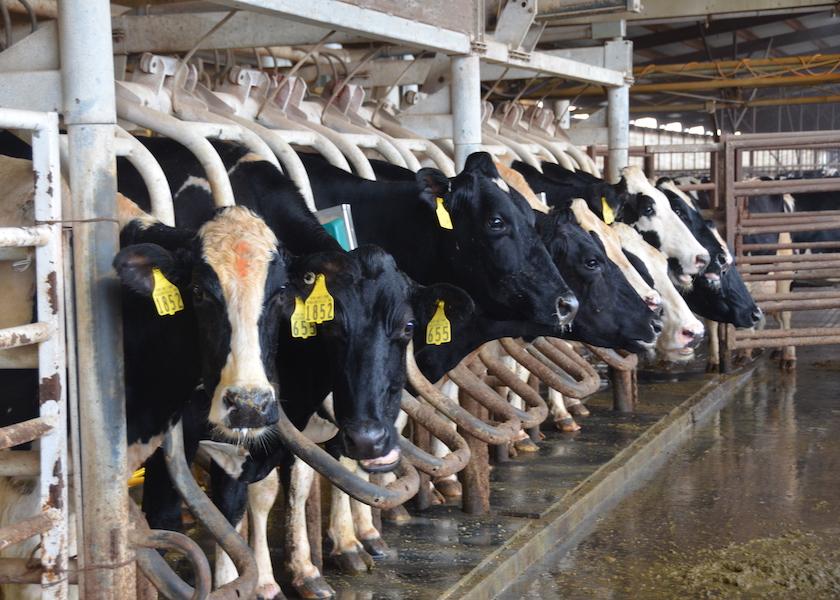Debunking Production-Fertility Myths

You can have both high production and high fertility, according to Dr. Paul Fricke, Professor of Dairy Science at the University of Wisconsin-Madison.
On a recent episode of The Dairy Podcast Show, Fricke shared research that he said disproves the myth that fertility will always suffer in high-producing cows. The key factor: change in body condition score in early lactation.
Fricke explained the “Britt Hypothesis,” based on the work of retired North Carolina State University researcher Jack Britt. His research-based theory is that the oocytes that are developing early in lactation are significantly impacted by changes in body condition score of the dams. Cows that lose a great deal of body condition early in lactation were proven to have significantly impaired fertility of the oocytes that were developing during that period of negative energy balance.
To test that hypothesis, Fricke and his Wisconsin colleagues did several retrospective analyses of data from former reproductive studies. In the first, they determined that very thin cows at calving (BCS<2.5) clearly had lower next-lactation fertility compared to heavier herd mates.
In the second study, they compared cows by quartile to examine the relationship between early lactation body condition loss and fertility. The data set as a whole showed that cows generally lost body condition after calving and gradually gained it back through lactation. But when broken out by quartile, the top group of cows actually gained weight in early lactation, while the lowest 25% saw a severe drop in body condition, losing about 7-8% of their body weight in the first 3 weeks after calving. That group also showed the poorest embryo quality, which could explain differences in fertility.
“We have traditionally been taught that all cows will lose body condition post-calving, and it’s just a matter of managing that loss,” noted Fricke. “That isn’t really true. It’s not a foregone conclusion that cows have to lose body condition after calving.”
As a highly telling example, the team’s third evaluation looked at data from more than 1,800 cows from two Wisconsin dairies. Early lactation body condition status was compared to first-service conception rate.
“More than 40% of the cows lost body condition in early lactation, and had about a 25% conception rate,” Fricke recalled. “That’s not good.”
The middle group maintained body condition and had about a 40% first-service conception rate. The remainder – about 400 cows – actually gained body condition and had a stunning 80% conception rate.
“We were almost reluctant to publish that data,” shared Fricke. “I don’t really think 80% is repeatable, but that’s what the data showed.” He said it was convincing proof that there is a distinct relationship between body condition and fertility, and when cows lose a lot of body condition, they have much lower fertility than their herd mates that maintain or gain weight in early lactation.
Fricke said the overarching goal, then, should be to calve leaner, more athletic animals that are not prone to drastic weight swings. He advised that cows calving in the neighborhood of BCS 3.0 tend to stay healthier, lose less body condition, and have higher fertility. Fatter cows lose more weight, with no significant difference in milk production.
He added when cows don’t have extra body condition to milk off, they are hungry and tend to eat more. Fricke said a full rumen is the ideal situation for an early lactation cow, and helps avoid many of the adverse metabolic conditions that can occur when fresh cows mobilize body condition.
“Nutritionists tend to want to proactively manage body condition through lactation, but that’s really hard to do without sacrificing milk production,” stated Fricke. “The best thing you can do is to get cows pregnant quickly so they don’t spend too much time in late lactation, at a low milk production state and eating a ration designed for high production. Efficient reproduction becomes a self-correcting mechanism by which you can calve healthier cows.”







